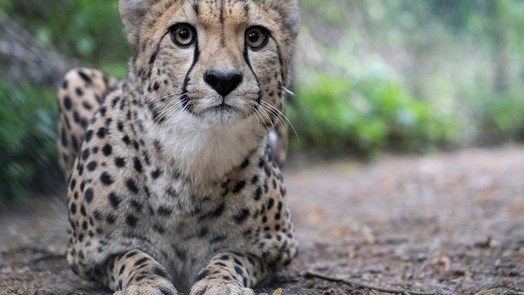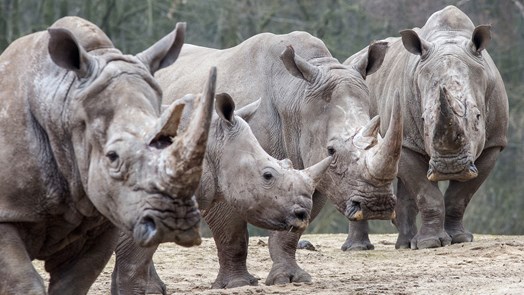On Thursday, 10th of August thousands of viewers witnessed the birth of a healthy calf live on our YouTube channel. Sadly, Izala’s first calf was stillborn on 25 January 2016, but everything went well this time. It is not uncommon for a white rhino’s first pregnancy to be unsuccessful, as the birth canal is not yet wide enough and the animal is still inexperienced. Izala was transferred to Arnhem from the Kolmarden zoo in Sweden on 5 November 2013.
Burgers’ Zoo successful at breeding rhinos
The zoo in Arnhem has proven highly successful at breeding the endangered white rhino: 7 rhinos have been born there in the past 17 years, one of which was stillborn, unfortunately. On average, around 12 white rhinos are born annually in all European zoos combined, though there was an uplifting increase in 2016: 22 births. The increase is due to closer European cooperation, resulting in more transfers to put rhinos in promising breeding situations.
Hormonal suppression
The white rhino is the least solitary of the five species of rhinoceros still alive today. While the males lead a primarily solitary life, with territories overlapping the habitats of various adult females, the females often live in small groups with close blood ties among the members. These groups are often comprised of a few adult females and their offspring. Experience has shown that the hormonal cycle of the lower-ranked females is suppressed in these situations. Moving a young female to a different environment increases the odds of her normal hormonal cycle being restored, which increases her chance of conception. That is why Izala was transferred from Kolmarden, where she lived with her mother, to Burgers’ Zoo in Arnhem in 2013.



